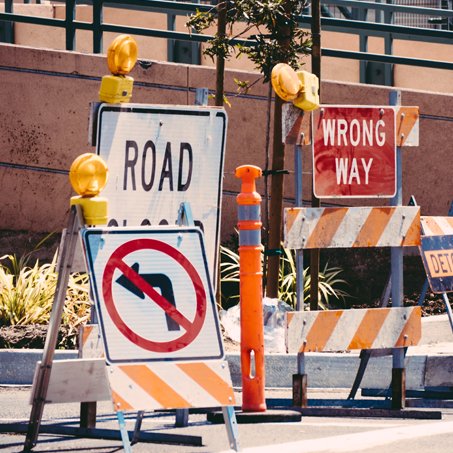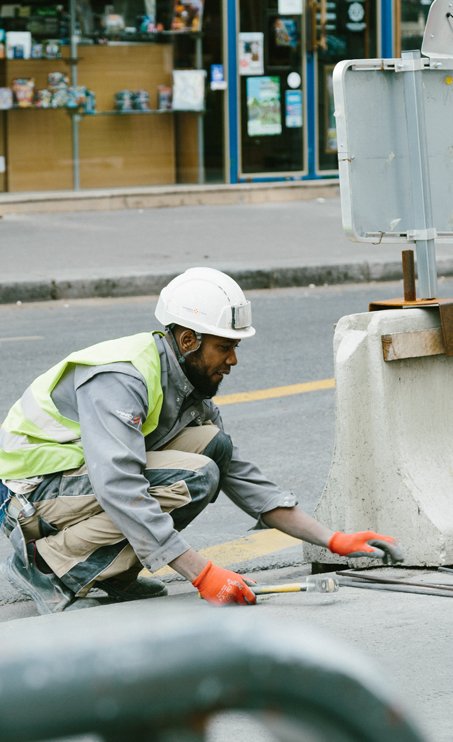The fire safety industry and laws in India are paramount in ensuring the safety of lives and property in a country with a growing population and increasing urbanization. Fire safety regulations and standards play a critical role in preventing and mitigating fire-related disasters. This comprehensive guide aims to provide a comprehensive overview of the fire safety industry in India, encompassing its evolution, key players, regulations, and standards. We will delve into the essential aspects of fire safety, from the legal framework governing it to the latest advancements in fire prevention and emergency response. Understanding these facets is crucial for individuals, businesses, and authorities alike, as fire safety remains a top priority in India’s urban landscape.
Fire Accidents In India In Recent Time
According to the Accidental Deaths & Suicides in India report 2020, there were many fire accidents in India. However, there is no uniform legislation regarding fire safety in India.
In 2017, a major fire broke out at the Kamala Mills compound in Mumbai, killing many people. The incident was attributed to the lack of fire safety measures in the building.
In 2019, a fire broke out at a coaching center in Surat, Gujarat, killing many students. The incident was attributed to the illegal construction of the building, which lacked proper fire safety measures and emergency exits.
In 2020, a massive fire broke out at a factory in Delhi, killing many people. The incident was attributed to the lack of fire safety measures in the building.
- Inadequate infrastructure for firefighting is a significant issue in India, with many fire stations understaffed and equipped with outdated and poorly maintained equipment and vehicles.
- Illegal constructions that do not follow fire safety norms are widespread in India, posing a significant risk to occupants and firefighters.
- The lack of proper fire safety equipment and measures in many buildings is a major challenge, with fire alarms, sprinklers, and fire-resistant materials often missing or not maintained properly.
- The government of India has taken some steps to improve fire safety conditions, including implementing regulations and guidelines, initiating awareness campaigns, and providing training programs.
- However, greater implementation and enforcement of fire safety regulations and guidelines, stricter penalties for violations, adequate staffing and modern equipment for fire stations, and public awareness and education are critical needs to address the fire safety problem in India.
- At present, fire prevention and fire fighting services are organized by the concerned States Union Territories (UTs), and Urban Local Bodies (ULBs).
- The National Building Code (NBC) of India, 2016: Published by the Bureau of Indian Standards, NBC is a “recommendatory document”, and state governments are expected to incorporate it into their local building by-laws, making the recommendations a mandatory requirement.
It mainly contains administrative regulations, general building requirements such as fire safety requirements, structural design, and construction (including safety) provisions.
- Model Building Bye Laws, 2003: Under Modern Building Bye Laws 2003, fire clearance is the responsibility of the Chief Fire Officer at each point. The concerned Development Authority must provide the building plans to the Chief Fire Officer for clearance purposes.
- National Disaster Management Authority (NDMA): Guidelines by National Disaster Management Authority stipulate fire safety requirements for public buildings, including hospitals along with design guidelines relating to maintaining a minimum level of open space, exit mechanisms, stairs, and evacuation drills.
According to National Disaster Management Authority (NDMA)
- Fire Safety Legislation and Audit: India needs strong fire safety legislation with an effective time-to-time audit mechanism to reduce the vulnerability of urban fires.
- Corporate Safety Responsibility: Building corporations need to ensure proper vulnerability assessments before construction and maintain basements free of obstructions to maintain proper escape channels.
- Fire Hazard Response Plans: It is imperative that every Urban Local Body develops a fire hazard plan in partnership with the administration, fire brigade, and health department and conducts regular mock drills in public spaces to facilitate awareness among the people and swift recovery from unforeseen fires.
- Modernization of Fire Safety Equipment: Finances and assistance should be provided by the government to bolster and modernize fire departments with equipment like smoke detectors, fire hose cabinets, and automatic sprinkler systems.
Conclusion:-
Understanding fire safety in India is not just a legal obligation but a crucial aspect of ensuring the safety and well-being of individuals and property. The fire safety industry has evolved significantly to meet the diverse needs of businesses and communities. Compliance with the relevant laws and regulations, such as the National Building Code and Fire Services Act, is paramount.
To ensure your establishment is fully equipped to handle fire emergencies, consult with experienced fire safety experts and invest in state-of-the-art fire safety equipment and training. Remember, prevention is key, and maintaining a proactive approach to fire safety can save lives and prevent catastrophic losses.
For comprehensive fire safety solutions and expert guidance, contact Ladwa for fire safety solutions today. Protect what matters most – your loved ones and your assets.








